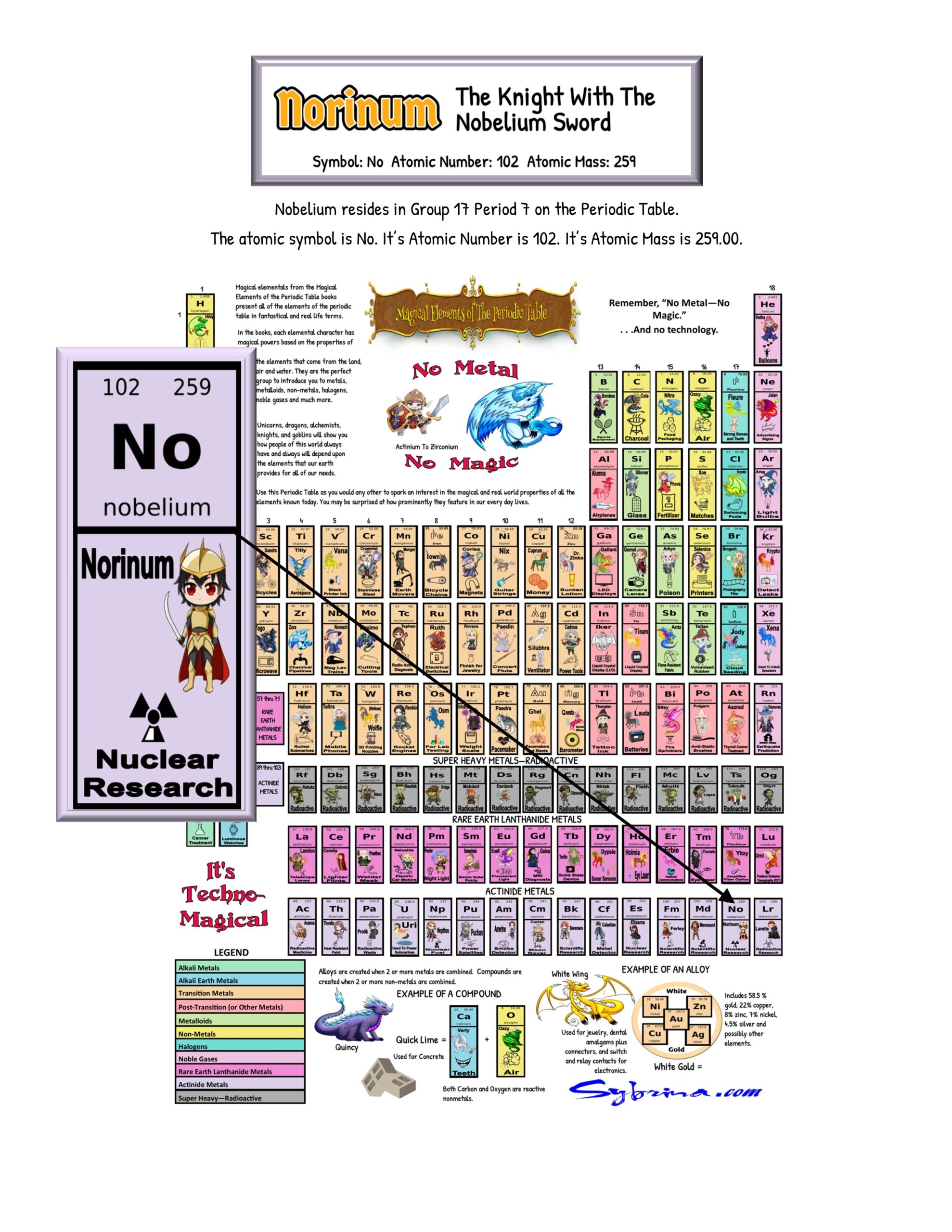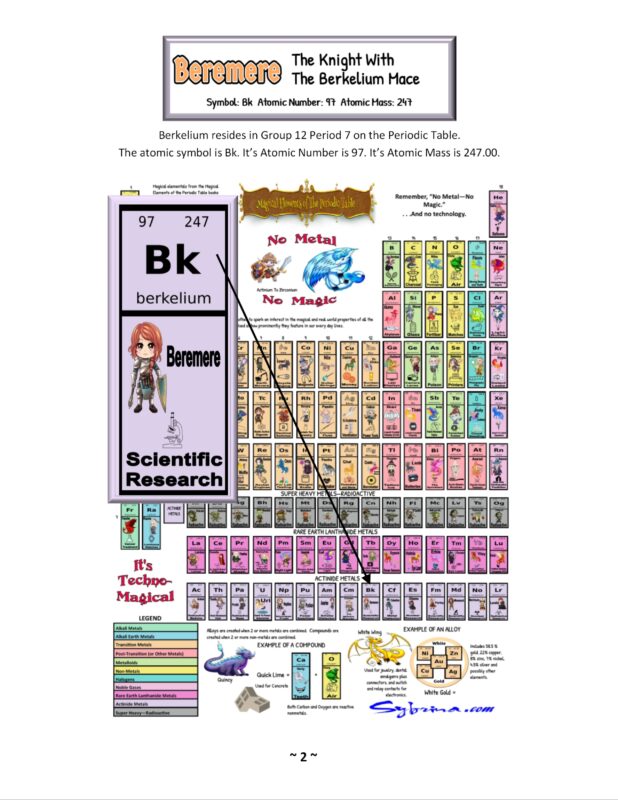In the vast kingdom of the periodic table, where elements are like noble knights, fighting for a place in the grand narrative of science, resides an elusive and enigmatic element known as Nobelium. This metallic hero, carrying the atomic number 102, is named in honor of the famous inventor Alfred Nobel, the man behind the Nobel Prize, which celebrates the brilliance of individuals in various fields. But Nobelium’s story is far more than just a name; it is a tale of discovery, mystery, and the tantalizing promise of future applications.
To understand Nobelium, we first need to journey back to the mid-20th century. The year was 1957, and scientists, ever curious about the elements that make up our universe, were delving deep into the realm of transuranium elements—those exciting and heavy elements beyond uranium in the periodic table. A team of researchers from the Lawrence Berkeley National Laboratory, led by Albert Ghiorso, discovered Nobelium while experimenting with a particle accelerator. Imagine a race against time, where high-energy collisions cause atoms to fuse and form new elements. In this frenetic atmosphere, Nobelium emerged, albeit briefly, glowing like a hidden treasure in the dark vault of the elements.
However, Nobelium wasn’t an ordinary element. Due to its heavy atomic structure, it is incredibly unstable, meaning it doesn’t last long before turning into other elements. Technically, Nobelium can be created only in minute quantities, making it rare and expensive. Currently, Nobelium does not have any commercial applications. You might find it hard to believe, but it exists primarily in the laboratories of scientists, who are captivated by its potential. While you won’t find it on store shelves or in everyday products, Nobelium holds a special allure for researchers and has a critical role in the field of scientific exploration.
But what about the future? As we peer into the crystal ball of science, we can speculate on what Nobelium might one day offer. Nestled in the f-block of the periodic table, Nobelium is a member of the actinide series, which includes some of the most intriguing and powerful elements known to mankind. The actinides are known for their complex chemistry and their ability to form various compounds. Scientists believe that as they fine-tune their techniques and delve deeper into the properties of Nobelium, intriguing applications might emerge.
One avenue of exploration involves the potential use of Nobelium and its isotopes in medicine, particularly in targeted alpha-particle therapy. This method is a burgeoning field in cancer treatment where alpha particles can be used to kill cancer cells while sparing nearby healthy tissues. Think of it like a precision archer, striking down its target without disturbing the surrounding environment. As researchers learn more about Nobelium’s behavior and how to harness its energy, we could see it transform from a rare element into a life-saving tool.
Nobelium’s heavy atomic weight makes it a subject of interest in nuclear physics. Scientists are constantly searching for ways to create even heavier elements beyond Nobelium—elements that might unlock the secrets of the universe itself. These investigations fuel our understanding of matter, energy, and the very fabric of existence. If Nobelium acts as a stepping stone into this deeper realm, we could be on the cusp of monumental discoveries.
As with any grand adventure, the tale of Nobelium is not without its twists and turns. One of the most captivating stories involves the race to name this new element. After its discovery, there was much debate over what to call it. While some scientists proposed “Nobelium,” others suggested names based on scientists who had made significant contributions to the field. Ultimately, the International Union of Pure and Applied Chemistry decided to honor Alfred Nobel. This debate highlighted the collaborative spirit of science, where ideas and opinions bounce off one another like a lively conversation around a campfire.
Nobelium’s discovery came with its challenges. When the team first synthesized Nobelium, they faced skepticism from the scientific community. The element dared not come forward without proper evidence. As scientists often do, they meticulously worked to verify their findings, demonstrating the tenacity and dedication that fuels scientific inquiry. This saga underscores that even the most significant discoveries often emerge from the shadows of doubt, requiring faith, persistence, and an unwavering passion for uncovering the unknown.
Nobelium stands as a testament to human curiosity. While it may not currently serve commercial purposes, its potential for future applications, especially in medicine and nuclear physics, sparks the imagination. The story of its discovery is a reminder that science is as much about collaboration and perseverance as it is about equations and experiments.
This article is brought to you by Sybrina Durant, the author of the Magical Elements of the Periodic Table Book Series. Learn More.
Inter-Active Elemental Fantasy-Themed Periodic Table from Magical Elements of the Periodic Table Presented Alphabetically by The Elemental Dragon Clan
Click here to use The Inter-Active Viewer for the periodic table above to learn more about the elements each elemental represents on this periodic table. Want this No Metal No Magic periodic table in a 24″ x 36″ Poster? Click here.
Sybrina Publishing Offers Fun Activities Based On The Book
Magical Elements of the Periodic Table Magical Elementals
Browse Magical Elemental Activities at MagicalPTElements or Sybrina-Publishing on TPT or Classful








